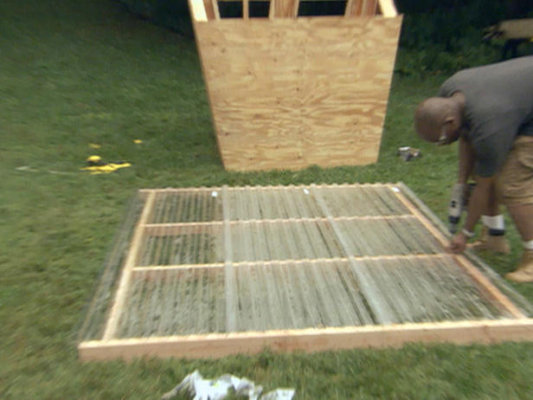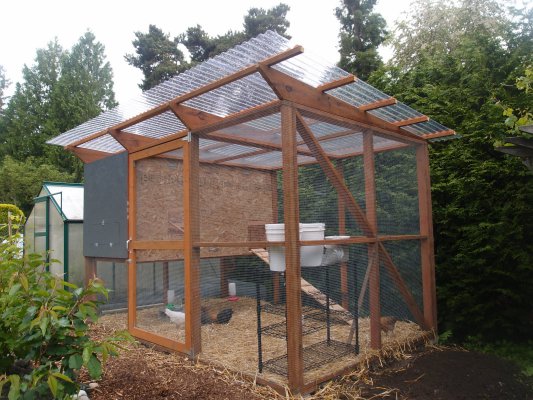How to Install Corrugated plastic Panels for Roofing Yourself and Their Advantages
- Roof PreparationFor proper water drainage, you should ensure that the roof has a terrain of at least 1 inch per foot. In fact, you can use extra waterproofing measures in case your roof has a shallow terrain. For an attractive and secure finish, use molding strips over the rafters. Use the corrugated molding strips on the horizontal cross-braces and the rounded ones on the vertical rafters. Using galvanized nails, attach the moldings. This will prevent leaks that lead to rusting. The process can be time consuming but with a nail gun it’s significantly quicker.
- Cut Roofing to SizeCorrugated plastic roof panels are very strong but easy to cut to your necessary size. Fine-toothed saw, scissors, and sheers are the best tools to use. Higher quality corrugated plastic normally leaves a cleaner line as they are easy to resize.
- Pre-Drill Holes.When the drilling is done in advance, roofing installation is much easy. Preferably, you must target to have the fastenings at the high point of each fourth corrugation. The drilled holes must be 2 millimeters wider and have a diameter of between 8 and 10 millimeters. They should be wider than the fastenings you’re using to provide the roof room for expansion when exposed to heat. It is easy to create the holes if you use a `hole-drilled stick’ as a guide of what will be the base of the roof.
- FasteningCorrugated plastic roof panels have waterproof seals below the head that prevent leaks. You should secure the corrugated panels by using special roofing fastenings instead of standard screws. When joining the sheets, it is advisable to use silicon sealant alongside their vertical length. However, overlap the panels by one corrugation. Apply a generous amount of sealant to close gaps for better performance. You should place your ladder in a secure position to avoid overstretching while fastening the corrugated panels. Consider requesting a friend to help you hold the ladder very steady to avoid injuring yourself when working.
- FinishingFor extra weather protection and a more attractive finishing, improve the seal by flashing. Invest in guttering that will be installed when the plastic roof is in place. These are good especially when you live in areas that experience high levels of rainfall and your plastic roofing connects another building.
What You Will Need
- Roofing fasteners
- Plastic roofing
- Silicone sealant
- Corrugated molding strips
- Round molding strips
- Saw
- Ladder
- Drill
- Flashing (optional)
- Nail gun with galvanized nails

Why Use Corrugated Plastic Roof Panels?
Plastic panel do not require regular treatment even when used over a building hence easy to maintain.
The corrugated plastic roof panels come with different finishes and styles making them ideal for any function.
The corrugated style of plastic panels provides greater strength to the plastic unlike straight sheets that can easily break, bend, or get damaged. The corrugated plastic panels have the ability to take the weight of items and rainwater without breaking. They can also be produced larger unlike their flat equivalents.

When used for a corner shed, structure without window, or porch, the corrugated plastic allows light through. You only need to apply special paint to make it clear.
You should be more careful when installing corrugated plastic sheets. A small chip at the corners can become a big crack and ruin the entire sheet. This makes them more difficult to install especially when doing it yourself. However, the aesthetic value and greater security of the corrugated plastic outweighs this challenge.
Comments: